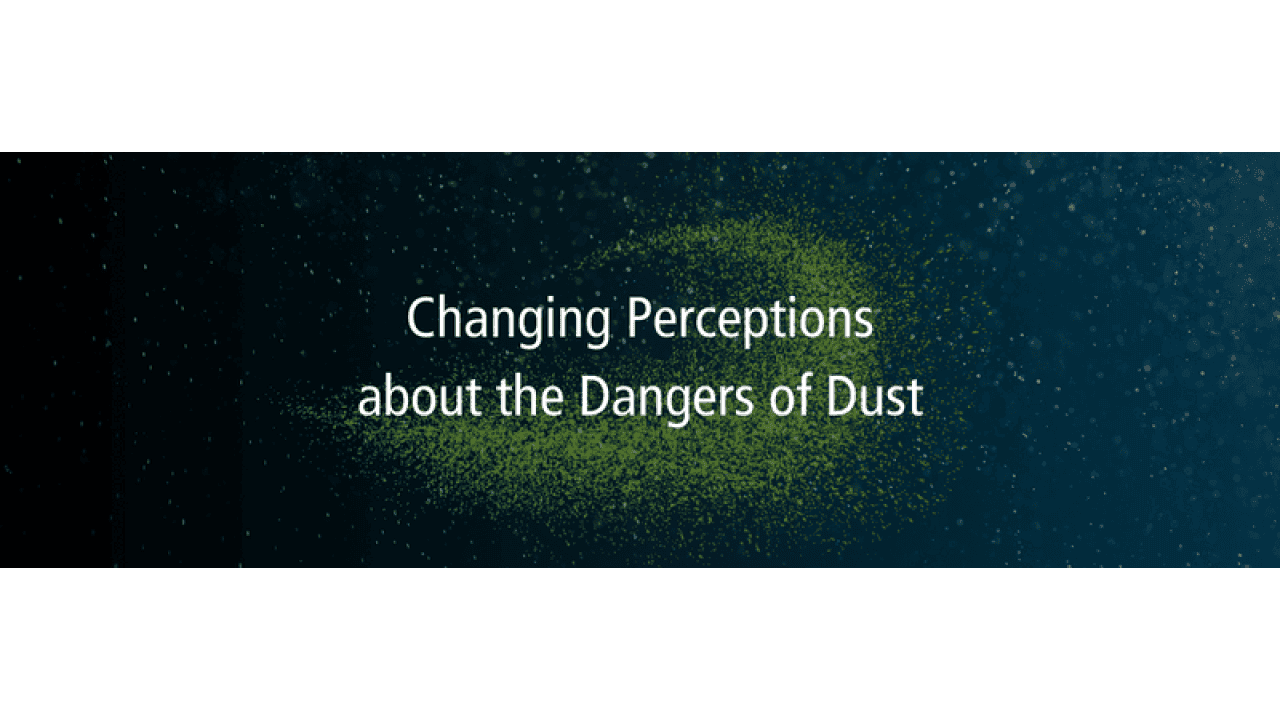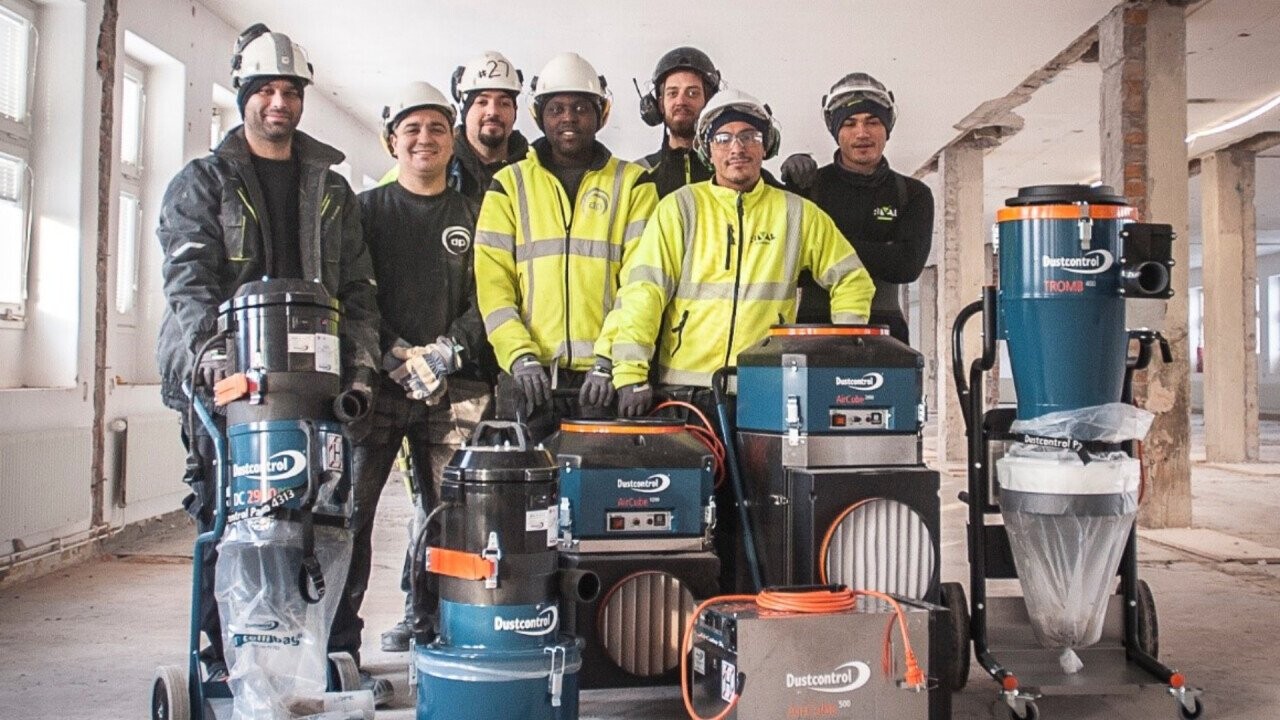Despite increasing awareness of the dangers, thousands of construction workers die every year from inhaling dust and fumes. You might think that these problems are rare in the modern construction industry, but the risks still exist and, in some areas, they are even increasing.
Asbestos and silica are the deadliest substances
Asbestos and silica are the substances that cause the most deaths and illnesses. The dangers of asbestos have been known for decades, so it is somewhat surprising that it still causes so much damage. In the UK, for example, the government recognised in 2022 that asbestos is the leading cause of death among construction workers. It is now common knowledge that asbestos is an extremely dangerous substance to transport, but unfortunately it is unlikely to disappear any time soon. Its use is banned in the EU and strictly regulated in many other countries, but some countries still build and export hundreds of thousands of tonnes of asbestos every year. The situation is different with respirable crystalline silica (RCS). Silica is the main component of 95% of all rocks, and will therefore undoubtedly continue to be present in construction and other industries. Cutting, grinding, sanding or drilling stones always carries the risk of inhalation and associated health problems, which is why employers and employees must continuously take measures to prevent airborne dispersion.
Most illnesses caused by particle inhalation develop over years
According to the World Health Organisation, 450,000 deaths in 2016 were caused by particulate matter, gases and vapours in the workplace - more than the equivalent number of deaths from workplace accidents. Even though the number of deaths is alarming, the dangers of dust are still underestimated. Perhaps this is because illnesses and deaths caused by dust and other particles are less visible or dramatic than accidents at work. Yet diseases such as chronic obstructive pulmonary disease, silicosis and lung cancer are potentially fatal. However, symptoms may not appear until many years after exposure. Accidents, on the other hand, have immediate, visible consequences, which may explain why they are still - wrongly - considered the biggest health risk in the workplace.
Changing the perception of invisible dangers
One of the many effects of COVID-19 has been a renewed focus on employee wellbeing. The pandemic has made people think about what it means to be a responsible employer. And also, about the extent to which employers have a duty to protect their employees. Most importantly, the pandemic has highlighted that workplace safety is about more than just preventing accidents, and that the unseen dangers can often be the most deadly. With mounting evidence of the dangers of airborne particles in the construction industry, it is vital that employers take decisive action to minimise the risks and thereby protect their lives and those of their employees.


